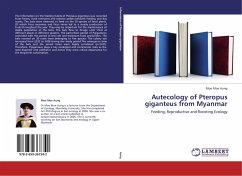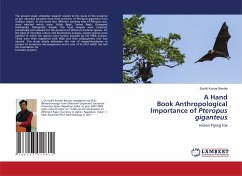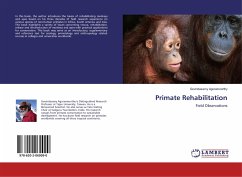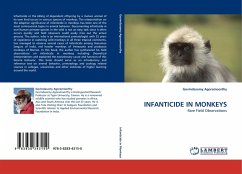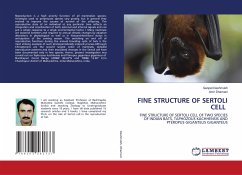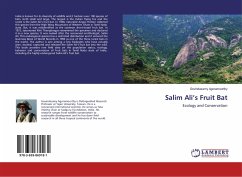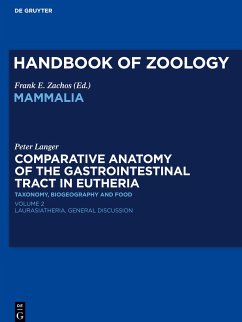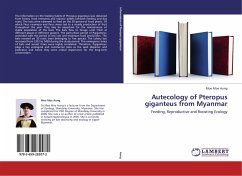
Autecology of Pteropus giganteus from Myanmar
Feeding, Reproductive and Roosting Ecology
Versandkostenfrei!
Versandfertig in 6-10 Tagen
32,99 €
inkl. MwSt.

PAYBACK Punkte
16 °P sammeln!
The information on the feeding habits of Pteropus giganteus was obtained from faeces, food remnants and rejector pellets beneath feeding and day roots. The bats were observed to feed on the 30 species of food plants. Of which Ficus racemosa and Ficus virens led to a steady production of fruit throughout the year. They may be important for the maintenance of stable population of the bats. The bats flew to forage until 11km at different places in different seasons. The parturition period of P.giganteus coincided with the period of less rain and maximum food production. The bats roosted on 20 roo...
The information on the feeding habits of Pteropus giganteus was obtained from faeces, food remnants and rejector pellets beneath feeding and day roots. The bats were observed to feed on the 30 species of food plants. Of which Ficus racemosa and Ficus virens led to a steady production of fruit throughout the year. They may be important for the maintenance of stable population of the bats. The bats flew to forage until 11km at different places in different seasons. The parturition period of P.giganteus coincided with the period of less rain and maximum food production. The bats roosted on 20 roost trees belonging to five species. The colony size increased from 2332 to 5428 during the study period. The emergence times of bats and sunset times were highly correlated. Therefore, P.giganteus plays a key ecological and commercial roles as the seed disperser and pollinator and hence they were critical importance for the long-term conservation.



